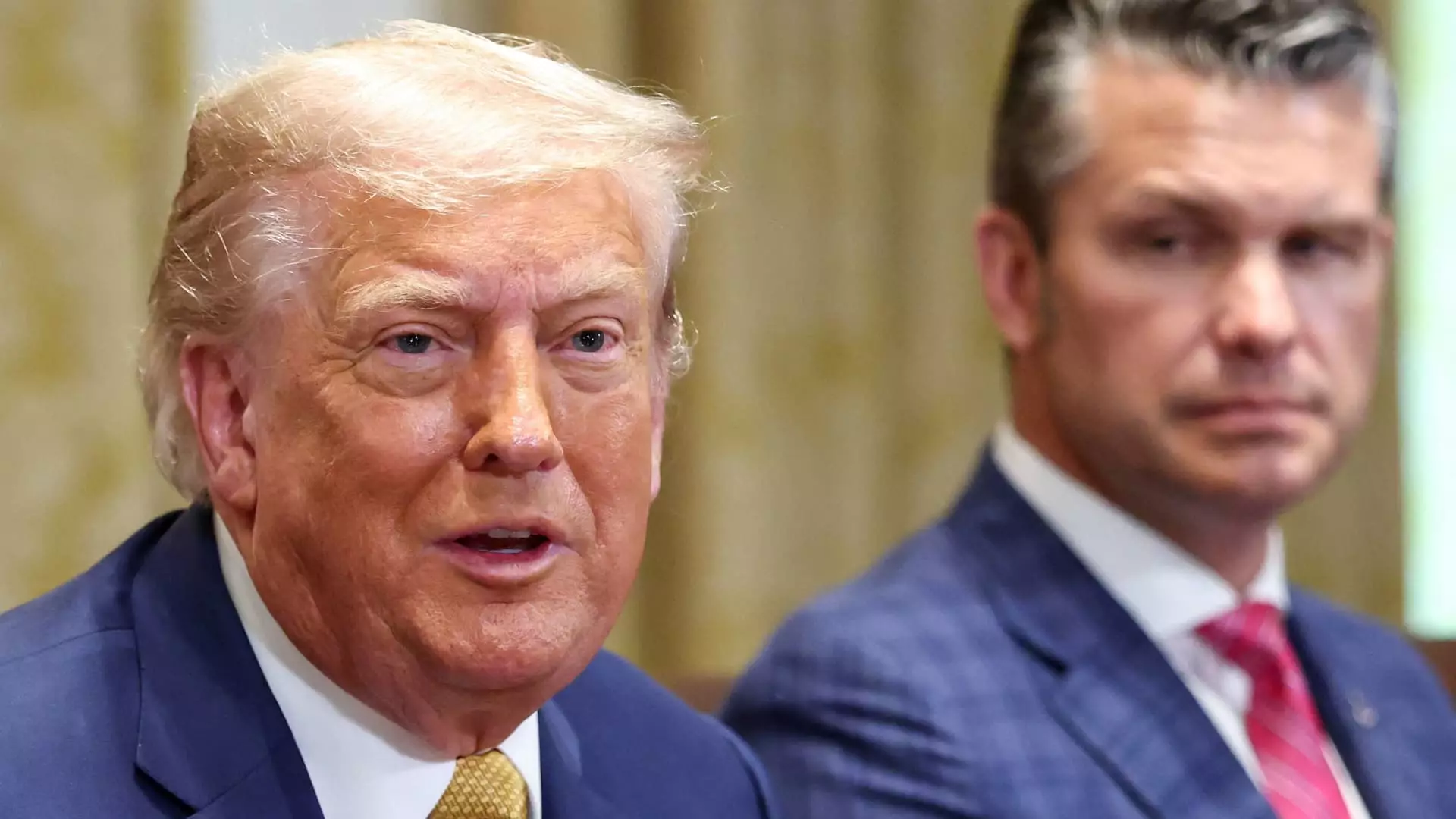President Donald Trump’s recent declaration of potentially imposing tariffs of up to 200% on imported pharmaceuticals signals a bold attempt to reshape America’s health care landscape. From a center-wing liberal perspective, this move raises serious concerns about the direct and collateral damage it could inflict on innovation, accessibility, and public health. While the rhetoric of safeguarding domestic industry is appealing on the surface, it glosses over the complex reality: tariffs often serve as blunt instruments that distort markets, inflate costs, and ultimately hinder the very progress they aim to protect. The pharmaceutical sector functions in a delicate ecosystem where research investments and manufacturing efficiencies are not easily compromised without long-term repercussions.
The Risks Beneath the Political Posturing
A tariff at 200% would likely trigger a cascade of negative responses—from higher drug prices for consumers to strained supply chains. It’s an illusion to believe that retaliation or protective tariffs will bolster American drug manufacturing without sacrificing affordability and innovation. Instead, such protectionism risks economic isolation, discouraging foreign investment and stifling the international cooperation that drives breakthrough medical research. The industry warns that these levies could undermine ongoing R&D efforts, delay new medications, and threaten patient access—particularly for vulnerable populations dependent on affordable generics and novel therapies. In effect, Trump’s tariff threats are a gamble with life-and-death stakes, and history suggests the odds are heavily stacked against a positive outcome.
Strategic Missteps or Necessary Disruption?
Supporters argue that tariffs could induce pharmaceutical companies to accelerate U.S.-based manufacturing and reduce reliance on foreign supply chains, which have become vulnerable during disruptions like global crises. However, this perspective ignores the fact that the industry is already responding voluntarily, investing more domestically without the need for punitive tariffs. What’s missing from this debate is a nuanced understanding of how global supply chains function — a complex web that cannot be unwound overnight without risking severe shortages. Trump’s approach, characterized by threats and vague timelines, fails to recognize the importance of strategic collaboration and targeted policy measures that balance national security with economic vitality.
Powerful but Premature: The Fragile Promise of Tariff Tactics
The renewed focus on tariffs specifically targeting pharmaceuticals underscores a broader trend of underestimating the industry’s responsiveness to market forces and policy signals. While the intent may be to protect American interests, such unilateral measures can backfire, damaging the reputation of the U.S. as a leader in biomedical innovation. Cutting through the noise, one must ask: are these tariffs a genuine effort to safeguard public health, or are they an attempt to score political points by portraying strength in trade at the expense of long-term innovation and healthcare sustainability? For liberal minded skeptics, it’s clear that true protection lies not in tariffs but in fostering a balanced environment where innovation, affordability, and industry growth can coexist.

